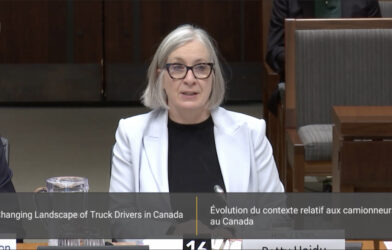“People are our most valuable asset.” If this is the case, Mr.Supervisor/Manager/Entrepreneur, answer this question: You invest in repairs, maintenance, and upgrades to your non-human assets, so why is it that you fear taking a similar approach with your human assets?
Some clever person somewhere identified that FEAR is an acronym for False Evidence Appearing Real. What I often hear when asked about coaching and developing team members, especially drivers, is that fear of losing a driver is holding managers back from improving that driver’s performance. And yet, in our career development, we look with respect and appreciation to the supervisors who took the time to help us improve; and to identify where our behaviors were holding us back from reaching our full potential – professionally and financially. So why would we hesitate to offer this guidance to our “most valuable asset”?
First, I will share a personal story:
We all have high-maintenance Team Members. The ones that show up every day, and do the job, but they require guidance, conversations, and occasional corrective actions more frequently than others. They aren’t intentionally attracting this degree of coaching. It’s just how they are.
Phrase your guidance the wrong way and resistance will be the only outcome. My story is about such a driver. We’ll call him Wayne. We had a high-value automotive run, delivering seats to an automotive manufacturer. The trailer was specially configured with two rows of conveyors the seats would automatically load onto and unload from at the dock. As you can probably imagine, such a configuration would provide load securement challenges, especially when one or both conveyors were not fully loaded. All that stopped the seats from moving while in transport was a piece of metal that could be raised between the rollers of the last seat loaded. Wayne started doing this run, and we began to have issues with the seats coming off the conveyors in transport. Sometimes this was a minor issue, sometimes a little more serious, and at least once a couple of seats fell out of the trailer when the doors opened. Fortunately, no one was injured. But the freight claim was significant, and the damage to our reputation as a quality carrier was more significant. We had managed these routes for years without this happening. The only difference – Wayne. So, we had a chat. We investigated the specific times it happened together. We discussed the fact Wayne was the only one to have this issue. Our discussions led us to the why, where, and when it was happening. And that took us to the way to fix it: driving slower around one specific corner. This was on a route used to avoid rush hour delays. His decision to use that route was a good one. But his application of the decision could be improved, and we explored together how we could improve that outcome. The incidents stopped. I expressed my appreciation. Wayne observed he also felt more relaxed because of the change. He became confident there wouldn’t be any issues when he arrived at the plant, and it was less stressful driving.
And now to further explore how this plays out in real life, let’s consider a recent article in Transport Topics discussing Kriska’s practical and transparent strategy.
You got me at “Hello”: During orientation, drivers are informed about Kriska’s approach to driver development. No sugarcoating. It involves cameras and in-person reviews of events. It’s not surveillance. It’s a tool for professional development. Kriska creates a positive culture where drivers have a mindset of “I can be the best”.














Comments are closed